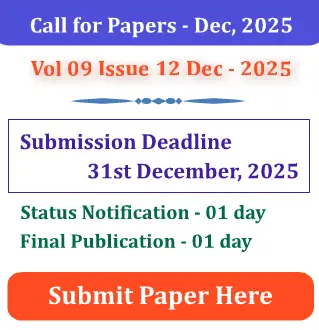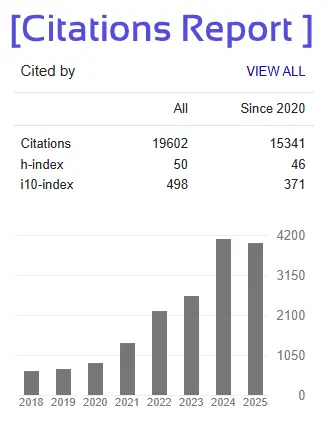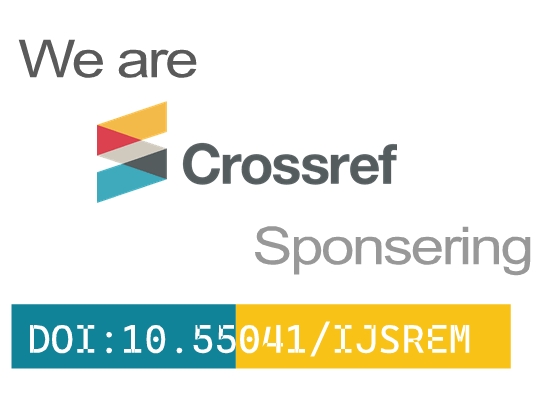- Version
- Download 55
- File Size 292.24 KB
- File Count 1
- Create Date 18/07/2025
- Last Updated 18/07/2025
Sleep Patterns and Mood Disorders in College Students
Author 1: Ms. Sayli Bapat (Assistant Professor, Tilak Maharashtra Vidyapeeth, Gultekdi, Pune)
e-mail – sayli.sbapat@gmail.com
Author 2: Dr. Sneha Joshi (Assistant Professor, Tilak Maharashtra Vidyapeeth, Gultekdi, Pune)
e-mail – drsnehasamirjoshi@gmail.com
Abstract
Sleep issues and mood disorders, such as anxiety and depression, pose significant obstacles for college students. According to secondary data syntheses, approximately 33% of students have clinically significant sleep problems, while 34% and 32%, respectively, have anxiety and depression symptoms. These numbers, which come from extensive meta-analyses with up to 1.4 million individuals, highlight how pervasive these issues are.
There are moderate correlations between psychological discomfort (r = 0.39) and poor sleep quality, as determined by standardized tools such as the Pittsburgh Sleep Quality Index (PSQI). It is noteworthy that evening chronotype, or "night owl" tendencies, shows weak but consistent associations with depression (Fisher's z ≈ –0.20). These effects are exacerbated when social jet lag (≥2 hours difference between weekday and weekend sleep timing) is added, increasing the risk of depression by almost five to six times.
The bidirectional association between sleep and mood is further clarified by longitudinal studies, which show that baseline mood disorders predict decreasing sleep over time, while poor sleep quality predicts subsequent increases in stress, anxiety, and depression (standardized β = 0.26–0.32). Important variables include resilience and circadian alignment: while greater social jet lag exacerbates sleep-mood dysfunction, greater resilience reduces it.
Emotional dysregulation and circadian misalignment serve as the mechanistic foundation for these occurrences. Evening chronotypes frequently experience social jet lag, or a discrepancy between their biological and social clocks, which leads to long-term sleep deprivation and mental instability. Prefrontal–amygdala connection is weakened by inadequate sleep, which results in emotional reactivity, decreased positive affect, and trouble making decisions.
Secondary sources of intervention data indicate that sleep and mental health outcomes can be significantly improved by lowering nighttime screen use, encouraging sleep hygiene, developing resilience through emotion control and mindfulness, and adjusting schedules to chronotype.
Notwithstanding strong secondary findings, there are a number of drawbacks, such as study variability, the use of self-report measures, and the dearth of thorough randomized trials. The testing of chronotype-specific and resilience-building therapies, wearable sleep tracking, and longitudinal and experimental designs must be the top priorities of future research.
Secondary studies continuously show that stress and circadian misalignment are the main causes of the high prevalence and interconnectivity of mood disorders and sleep problems among college students. Circadian-aware scheduling, resilience building, and lifestyle modifications backed by institutional policy are necessary to mitigate these problems.
Keywords:
Sleep quality, Pittsburgh Sleep Quality Index (PSQI), chronotype, social jet lag, depression, anxiety, bidirectional sleep-mood relationship, secondary data synthesis, resilience, circadian misalignment.







